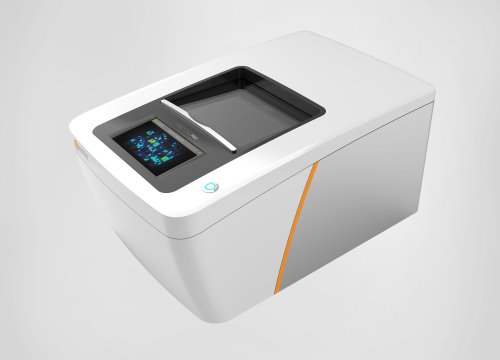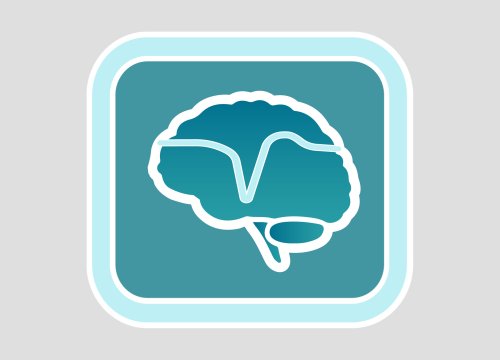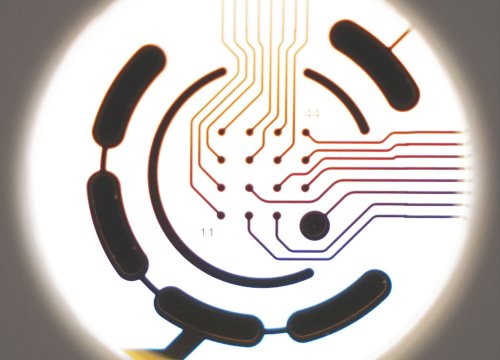Avital Licht-Murava, Samantha M. Meadows, Fernando Palaguachi, Soomin C. Song, Stephanie Jackvony, Yaron Bram, Constance Zhou , Robert E. Schwartz, Robert C. Froemke, Adam L. Orr and Anna G. Orr
Science Advances Vol 9, Issue 16; 19 April 2023
Scientists use Axion’s next-generation Maestro MEA to investigate the role of TDP-43 in Alzheimer’s disease models in real time.
Transactivating response region DNA binding protein 43 (TDP-43) pathology is associated with Alzheimer’s disease and other neurological disorders but its contribution to disease pathogenesis and progression is not fully understood. Growing evidence suggests that glial dysfunction and impaired glial-neuronal interactions may also play a role in central nervous system disorders. In this study, scientists use mouse models and postmortem human hippocampal sections from patients with AD and frontotemporal dementia (FTD) on Axion’s noninvasive Maestro multielectrode array (MEA) platform, along with other methods, to investigate astrocytic TDP-43 accumulation in the human brain and explore the impact on brain function.
Researchers found that expression of TDP-43 in astrocytes caused progressive memory loss but had little effect on motor function or other behavior. Results also showed that astrocytic TDP-43 affects chemokine secretion and neuroimmune pathways, as well as causes increased presynaptic levels of CXCR3 in neurons. To examine neural activity in real time, the team used Maestro Pro MEA and found that acute activation of presynaptic CXCR3 inhibits neural activity while chronic activation increases neural activity, likely due to presynaptic changes. Overall, the authors propose that the increased activity contributes to hyperexcitability and memory loss in dementia and may be a promising therapeutic target.


